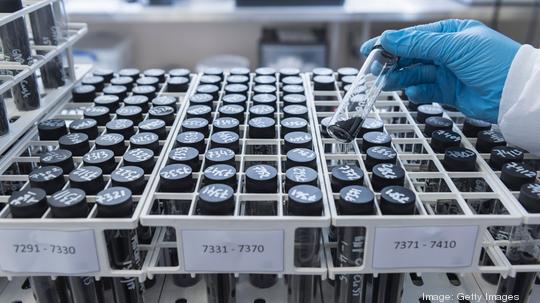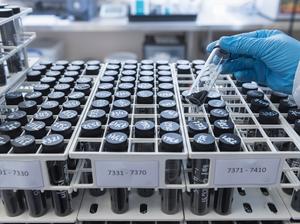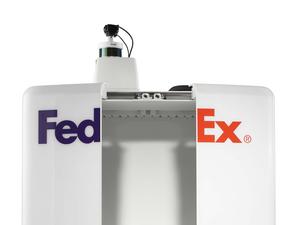
For Brad Larschan, raising money through a crowdfunding campaign has been more difficult than he could have ever imagined.
He’s the CEO of local startup Avadain, which plans to license out a graphene manufacturing process to advanced material manufacturers, defense contractors, and other potential clients. And on April 3, his company confidently launched a campaign on the website Netcapital with the goal of raising about $2 million, only to face significant headwinds.
“It’s more than a journey,” Larschan said. “It’s an adventure.”
The crowdfunding campaign
Initially, Avadain struggled to target the right audience through digital marketing, and the rocky stock market and inflationary pressures left people hesitant to make new investments. As Larschan said, however, “persistence is the key to any startup,” and the company “redoubled” its efforts — a decision that seems to be paying off.
Recently, Avadain’s campaign has gained steam. As of the afternoon of June 14, it had raised about $662,000, a $85,000 increase from the $577,000 it had made as of Friday afternoon (June 10). Since the campaign began, it has averaged growth of slightly more than $50,000 a week. Over the last three weeks, that average has been above $100,000.
If you look on the website KingsCrowd — which aggregates, analyzes, and rates startups raising on the online private markets — you can see how much Avadain’s fortunes have changed. From April 23 to May 2, its amount raised increased from $222,196 to just $224,460. From there, however, the number has steadily — and at times rapidly — grown. From May 29 to June 7, it increased from $374,320 to $541,268. Larschan estimates the startup is on track to reach its goal in 60 to 90 days.
“Right now, being on this side of it, I feel great,” he said. “Had you called up four weeks ago, I might not have been so happy.”
But what’s behind the shift in momentum?
Larschan attributes part of it to more effective digital marketing. Over the last week, he asserted, Avadain has seen over ten times a return on its marketing efforts. Larschan also believes that people have dissociated investments in startups through crowdfunding campaigns with the stock market, which has taken a hit recently. As CNN reported, the Dow Jones Industrial Average dropped almost 800 points Friday, after the consumer price index (CPI) jumped 8.6% year-over-year.
“As the stock market decline has continued, people are looking at our crowdfunding campaign, and all crowdfunding campaigns, as an alternative that’s not correlated to the stock market,” Larschan said.
The potential of graphene
Avadain hit the $500,000 mark in its crowdfunding campaign after scoring federal funding to upscale to mass production, and demonstrating the quality of its graphene in two high-profile applications.
A $3.77 million grant from the U.S. Department of Commerce's National Institute for Standards and Technology (NIST) came to Avadain through its partner, the Rapid Advancement in Process Intensification Deployment Institute (RAPID); and it allowed the company to lower its goal for the crowdfunding campaign from $5 million to $2 million. The grant is to be used to design a continuous production line capable of producing two metric tons of graphene per year, which could unlock the immense potential of the material.
Graphene is an elastic, extremely lightweight carbon allotrope that’s one of the world’s strongest materials, and one of its best conductors of heat and electricity.
Because it’s such an effective electrical conductor, it can make batteries more efficient, potentially bringing significantly faster charging times to smart phones and electric vehicles. In 2017, Samsung revealed a graphene battery material that enabled five times faster charging speeds than standard lithium-ion batteries. Because it’s stronger than steel, yet remarkably lightweight — graphene is considered the world’s first 2D material, according to the University of Manchester — mixing it in with aircraft materials could substantially reduce the weight of airplanes. That would also make aircraft more efficient and reduce their carbon footprint.
And because it’s so elastic, graphene could make products more flexible in the future.
But while graphene has the potential to drastically increase the effectiveness of numerous products, manufacturing a high-quality, defect-free version of it is difficult.
Avadain, however, claims that its manufacturing process can produce graphene flakes that are large, thin, and defect-free, or nearly defect-free. By the end of next year, it wants to start the licensing process. And by 2027, it wants to have 10 licensees.









